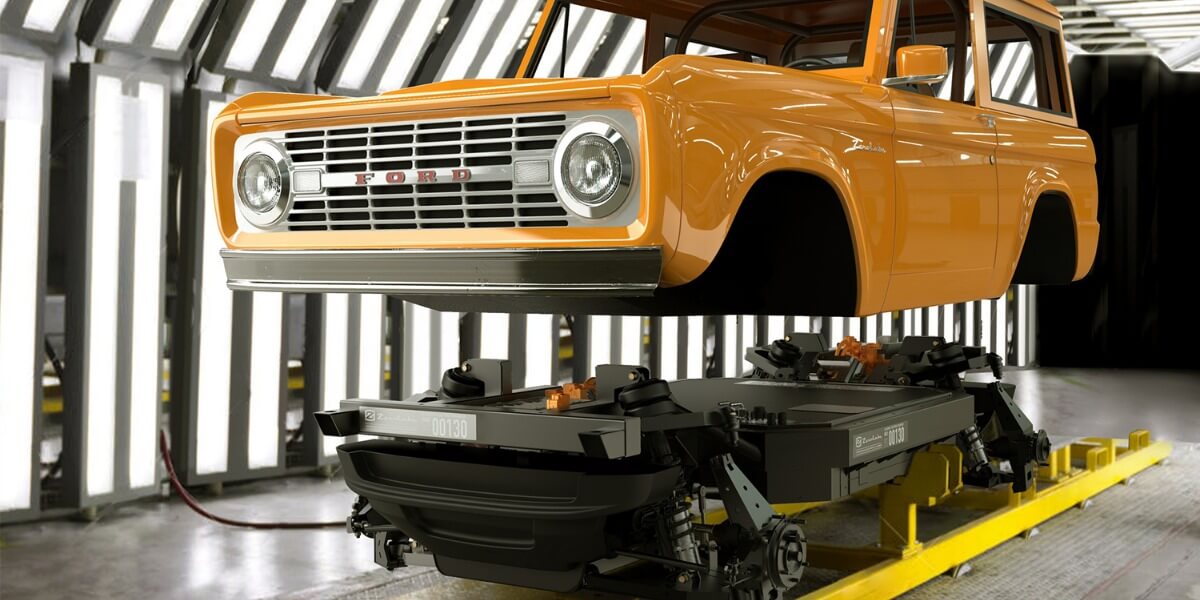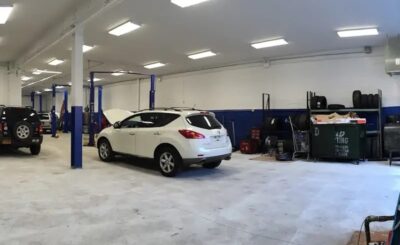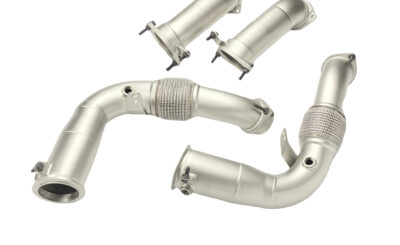As the auto sector converges toward CASE (connected, autonomous, shared, and electric) mobility, original equipment manufacturers are working to re-engineer their conventional platforms to accommodate EV (electric vehicle) components, like motors and batteries.
But the transition of the industry from a service-centric to a vehicle-centric approach requires the development of digital platforms that may include cloud, back-haul connectivity, and software.
According to experts at Ree Auto, the future of modular EV platforms will be multifaceted and flexible, with different vehicle shapes and types built on just a single program, saving OEMs the money, effort, and time needed to launch several new models.
Plus, in the future, the industry won’t be limited to traditional car manufacturing methods. At the same time, sales will concentrate on building a new downstream source of revenue, focusing more on users rather than vehicles.
What Dedicated EV Platforms Are
Vehicle platforms are a base layer structure where car components, like suspension, drive unit, and the body, are fitted into and built upon a platform.
Hence, dedicated EV platforms are underpinning made and designed from the start. In addition, dubbed bespoke, skateboard or ground-up EV architectures are made to accommodate an electronic drive unit, a large battery pack, and other battery management and climate control systems to yield advantages for passengers and drivers.
Why EVs Need New Platforms
Because EVs don’t have a gearbox, a fuel tank, and an engine, traditional car designs, often gearbox/engines in the front, fuel tank/luggage space at the rear, and passenger compartments at the center, need a rethink.
EV comes with a battery pack installed under the flow and flexible wiring for current flow and charging. So the space used for the fuel tank, gearbox, and engine can be used for other things.
Benefits of a Modular EV Platform Approach
A modular EV platform may reduce development strain so as to encourage vehicle diversity and EV development, thus hastening transfer away from an internal combustion car.
Numerous benefits come with deploying a modular strategy when it comes to EVs. Some of these benefits include the following:
- Flatbed assembly – Skateboard platform, first created by General Motors around twenty years ago, has become a renowned modular EV platform approach among car manufacturers, such as Byton, Rivian, and Teslas. The bed length can quickly be decreased or increased in this vehicle architecture based on the EV model.
- Tailored to car performance needs – A modular electrical car platform can be put together as per customers’ specifications. This lets manufacturers create a combination of drives, brakes, steering, suspension, and motor to fit the performance requirements of an EV. This approach supports manufacturing everything from large minivans to compact electric vehicles.
In a Nutshell
The automobile industry faces so many challenges and uncertainties that the best way to solve a lot of new problems, which environmental and electrification concerns require solutions to, is for suppliers and OEMs to collaborate. This will provide opportunities to share solutions and ideas and, at the same work together for a better tomorrow, both for the planet and our companies.








